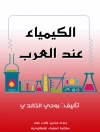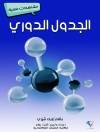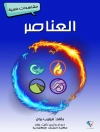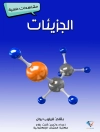This book offers extensive and comprehensive knowledge to the researchers and academicians who are working on decontamination of radioactively contaminated areas. Remediation strategies for contaminated sites are provided. Readers who will find this book useful include professionals specializing in radioecology, safe disposal of radioactive waste, as well as decontamination, remediation legacies and impact of radioactive waste material on the environment. The chapters give a broad overview and reviews of a number of original publications on remediation strategies that were explored after the Chernobyl and Fukushima Nuclear Power plant accidents. Useful case studies are provided that explore the latest technological developments and future trends for affected area decontamination.
Cuprins
Chapter 1- Review of remediation approaches implemented in radioactively contamineted areas.- Chapter 2- Physicochemical methods for the remediation of radionuclide contaminated sites.- Chapter 3- Sorption methods in rehabilitation of radioactively contaminated lands using surface-modified sorbents based on natural aluminosilicates.- Chapter 4- Competitive adsorption as a physicochemical ground for self-sufficient decontamination areas from radioactive pollutants.- Chapter 5- Biological, chemical and nanosorption approaches in remediation of metal wastes.- Chapter 6- Potential of biochar as a measure for decreasing bioavailability of
137Cs in soil.- Chapter 7- Remediation of agricultural lands contaminated by
90Sr.- Chapter 8- Rehabilitation of radioactively contaminated soil: Use of Bioremediation/Phytoremediation techniques. Chapter 9- Bioremediation and phytoremediation: Best approach for rehabilitation of soils for future use.- Chapter 10-
Water decontamination at radioactively contaminated lands.- Chapter 11-
Treatment of radioactive waste after rehabilitation of contaminated areas.- Chapter 12- Modelling the effect of mechanical remediation on dose rates above radiocesium contaminated land.- Chapter 13- Practical experience in applying remediation methods at the Semipalatinsk test site (Kazakhstan).- Chapter 14- Basic radiation protection related to the assessment of remediation measures in radioactively contaminated areas.
Despre autor
Dharmendra K. Gupta is Sr. Scientist of environmental biotechnology/radioecology and already published more than 80 refereed research papers/review articles in peer reviewed journals and edited eleven books. His field of research includes abiotic stress by radionuclides/heavy metals and xenobiotics in plants; antioxidative system in plants, environmental pollution (radionuclides/heavy metals) remediation through plants (phytoremediation).
Anna Voronina is Head of the Radiochemistry and Applied Ecology Department at the Ural Federal University, Physical Technology Institute, Ekaterinburg, Russia. She published more than 60 papers in peer reviewed journals and 9 textbooks and tutorials for students. Her field of research includes development and study of inorganic sorbents, decontamination of radioactively contaminated soils and natural/drinking waters, liquid radioactive waste treatment, study of radionuclides migration in the environment.












